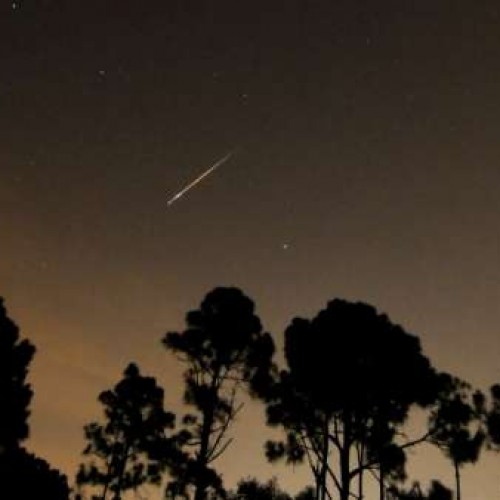Perseid Meteor Shower 2013: Peak Times August 12-13, Where & When to Watch, Live Stream VIDEO
Stargazers will be well rewarded when the annual Perseid Meteor Shower hits its peak this month.
Caused by particles of the Swift-Tuttle comet entering the earth's atmosphere, the comets of the Perseid Shower look as if they are coming from the Perseus constellation that lends its name to the astronomical event.
This year the peak dates for the shower will be Aug. 10-13. To get the best view of the stellar fireballs, viewers will want to shake themselves awake during the early morning and predawn hours. Once outside, move away from light sources and look towards Perseus (stargazing apps can help you locate the constellation on your tablet or smartphone). Keep an eye out for the long streaks of the 'falling stars,' which can reach up to 90 an hour, according to the Royal Astronomical Society of Canada.
Although the meteor shower lasts from July 17 to Aug. 24, the morning of Aug. 12 will prove the best for viewing, according to EarthSky.
For those intrepid astronomers who are surrounded by city lights or hampered by cloudy skies, there are a few options for viewing the event via the Internet.
UK Meteor Watch has launched UKMON Live. The site displays images of meteors as they are caught on camera. While you may not be able to have the experience of watching the meteors shoot across the sky, it has the added benefit of an accompanying Twitter commentary.
In the past NASA has provided a live stream of the event on their Ustream channel and most likely will again.






